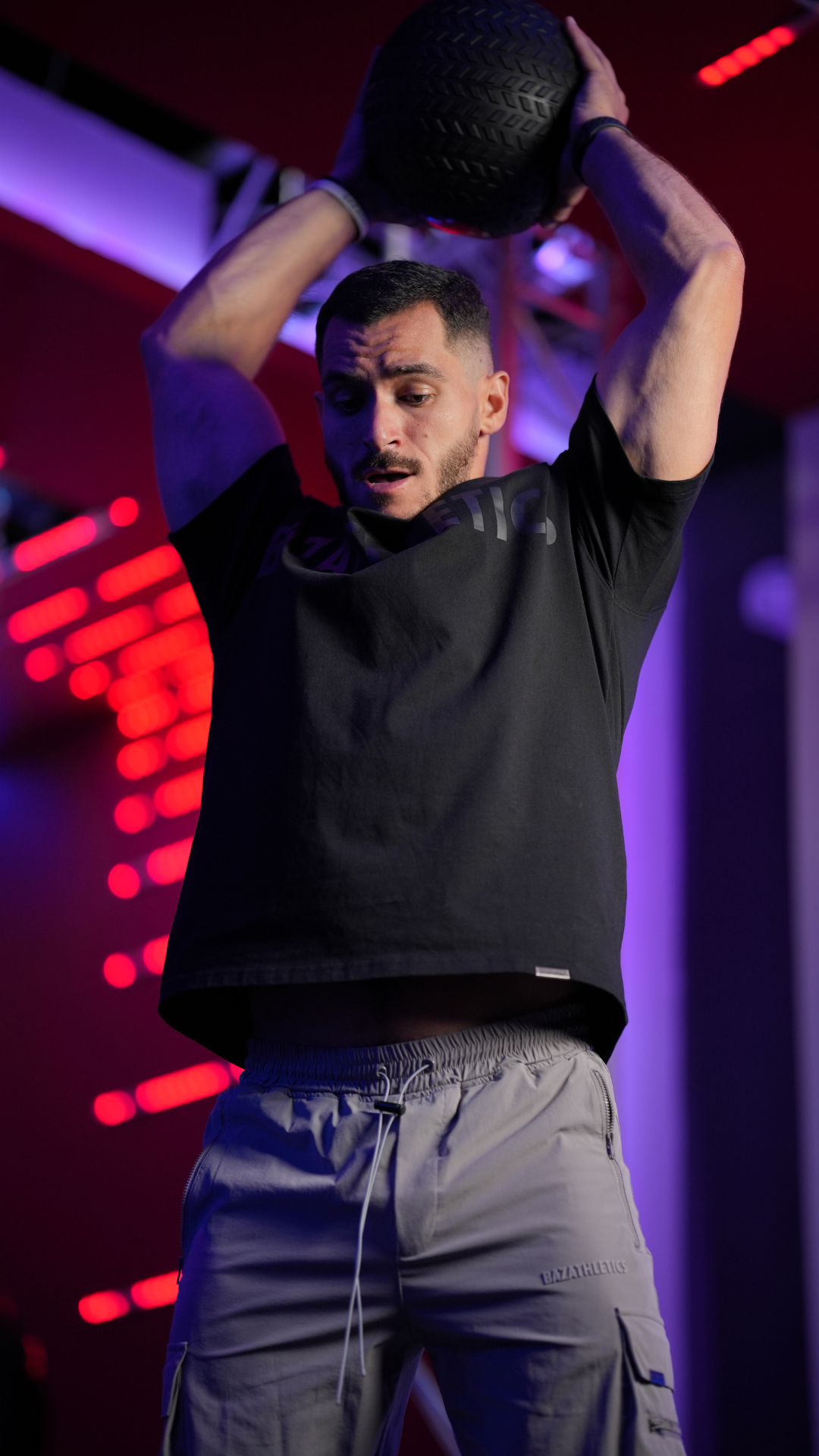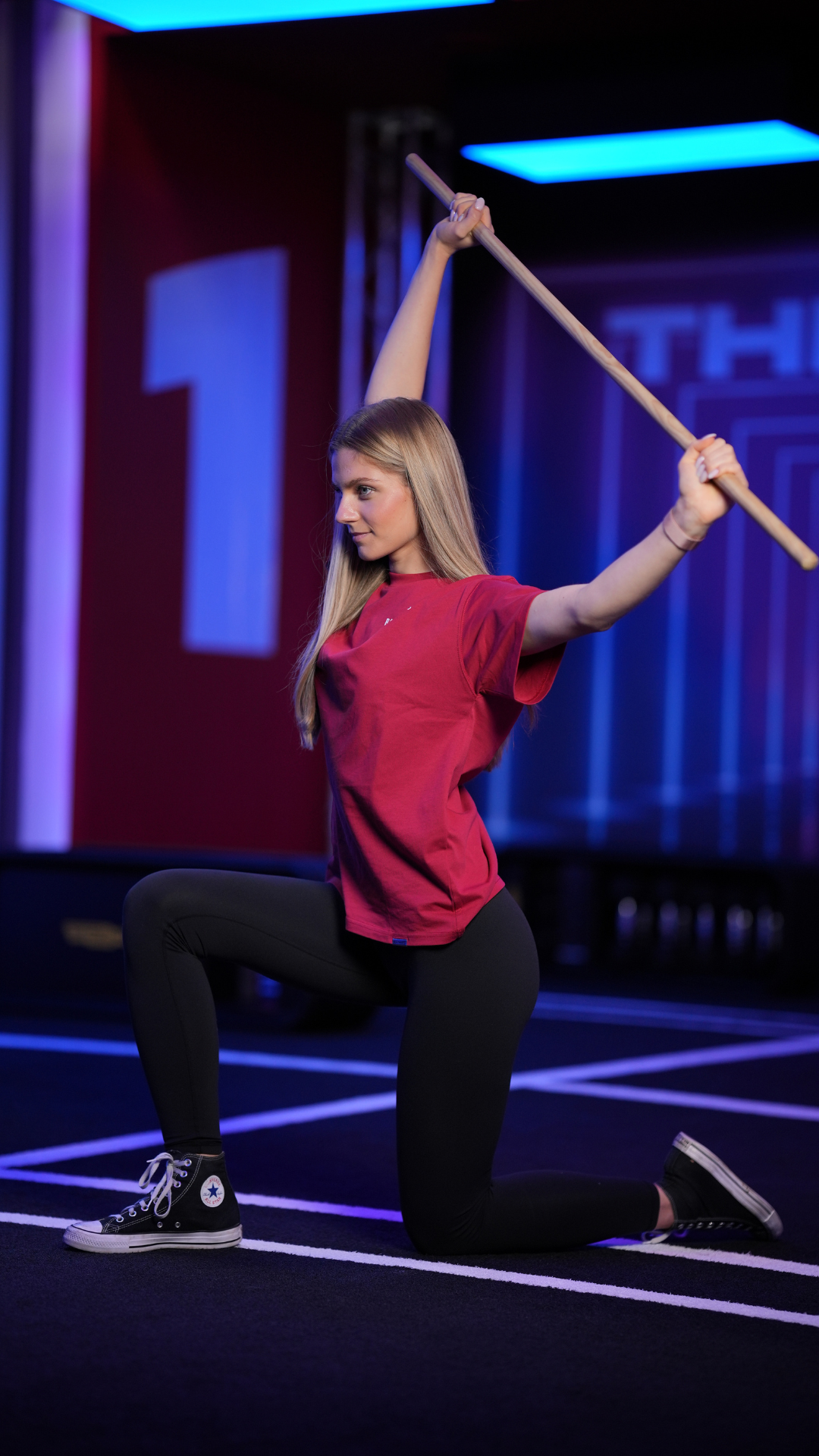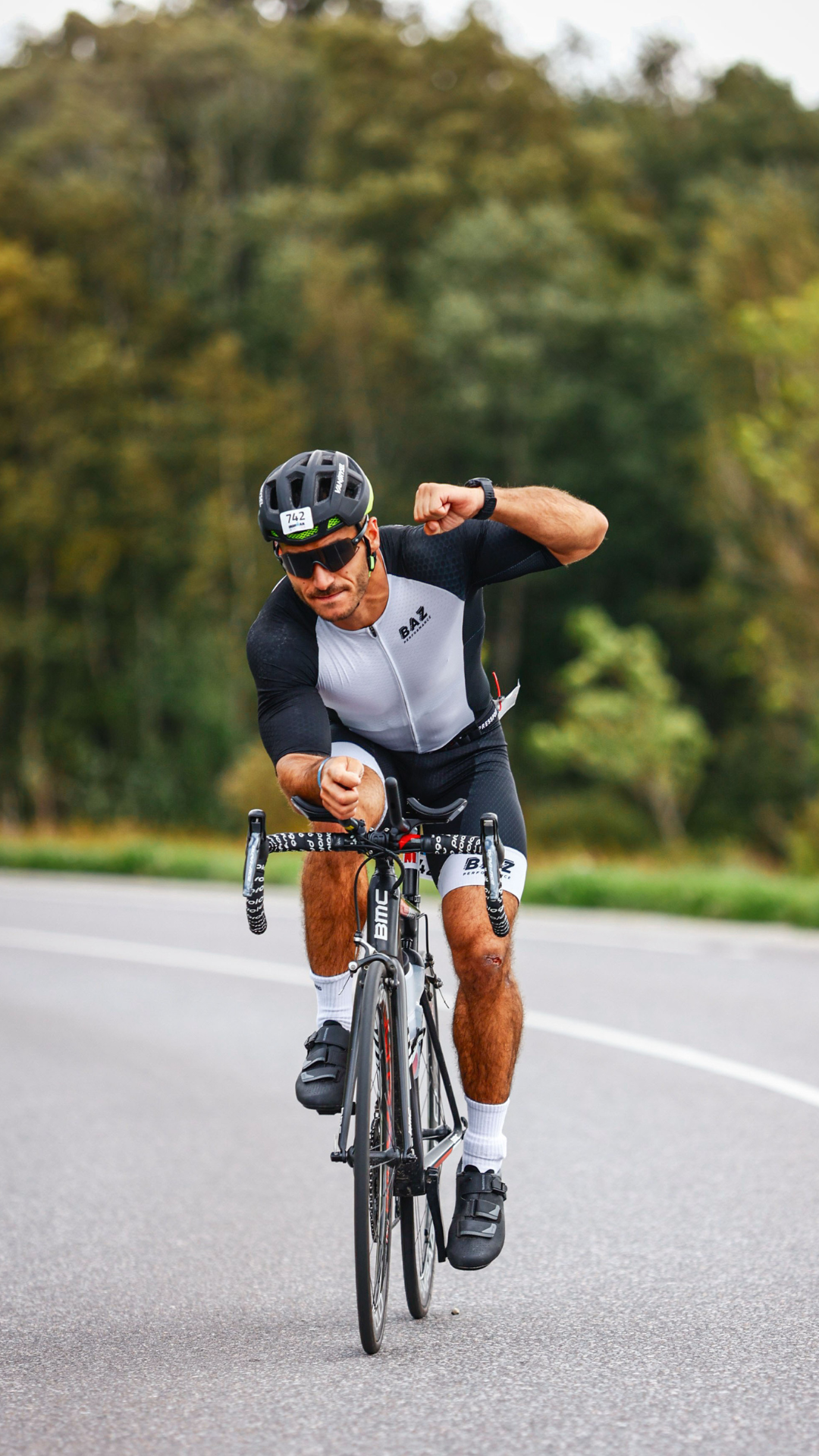
Training for the Hyrox
Why train for the Hyrox?
The unique format of the Hyrox pushes athletes out of their comfort zone. It's not just about endurance like traditional races, nor is it purely about pure strength like powerlifting competitions. It's the perfect balance of the two. Training for a Hyrox is therefore an effective way to develop both your cardiovascular endurance and functional strength, while improving your ability to recover quickly between intense efforts.
The Basics of Hyrox-Style Training
Preparing for a Hyrox competition requires a multifaceted approach. Here are the main areas to work on:
- Running : You should be able to run a total distance of 8 km, with one-kilometer segments between exercises. Regular running training is essential to improve your endurance and fatigue management.
- Functional Strength : Exercises you'll encounter during a Hyrox include movements like lunges, burpees, and sled push/pull. You should focus on compound movements that use multiple muscle groups simultaneously.
- Metabolic Conditioning : A key aspect of Hyrox training is the ability to chain exercises together without losing intensity. Therefore, high-intensity interval training (HIIT) sessions are recommended to improve your rapid recovery and maintain a high pace throughout the race.
- Fatigue Management : Learning to manage mental and physical fatigue is essential to successfully completing a Hyrox event. Vary your training between long endurance and intense efforts to improve your ability to recover under pressure.
Example of Hyrox Type Training
Here's a sample Hyrox workout for beginners to intermediates to help you get ready:
Warm-up (10-15 min)
- 5-10 minutes of light running
- Dynamic stretches (lunges, squats, trunk rotations)
- Specific activations (elastic bands for shoulders and hips)
Part 1: Endurance + Functional Strength
- 1 km run (on treadmill or outdoors)
- 50 m sled push (moderate load, work on pushing technique)
- 1 km run
- 50 burpees
- 1 km run
- 50 m sled pull (moderate load, work on pulling power)
Repeat this sequence 2 times for beginners, and 3 times for more advanced ones.
Part 2: Strengthening and HIIT
- 3 sets of 10 front squats with dumbbells or kettlebells (moderate to heavy load)
- 3 sets of 10 deadlifts (heavy load)
- 3 sets of 20 weighted walking lunges
Then finish with a HIIT circuit :
- 30 sec sprint (on treadmill or outside)
- 30 sec jumping lunges
- 30 sec rest
Repeat 4 to 6 times depending on your level.
Return to calm (10 min)
- 5 minutes of light walking
- Static stretches for the whole body (emphasizing the legs and back)
Tips for Successful Preparation
- Gradual : If you're just starting out, start slowly and gradually increase the intensity. The goal is to be able to run for miles and do exercises without getting too out of breath.
- Nutrition : A balanced diet, rich in carbohydrates and protein, is crucial to support your intense workouts.
- Recovery : Make sure you recover properly between workouts. Massage, stretching, and quality sleep are essential to avoid injury.

